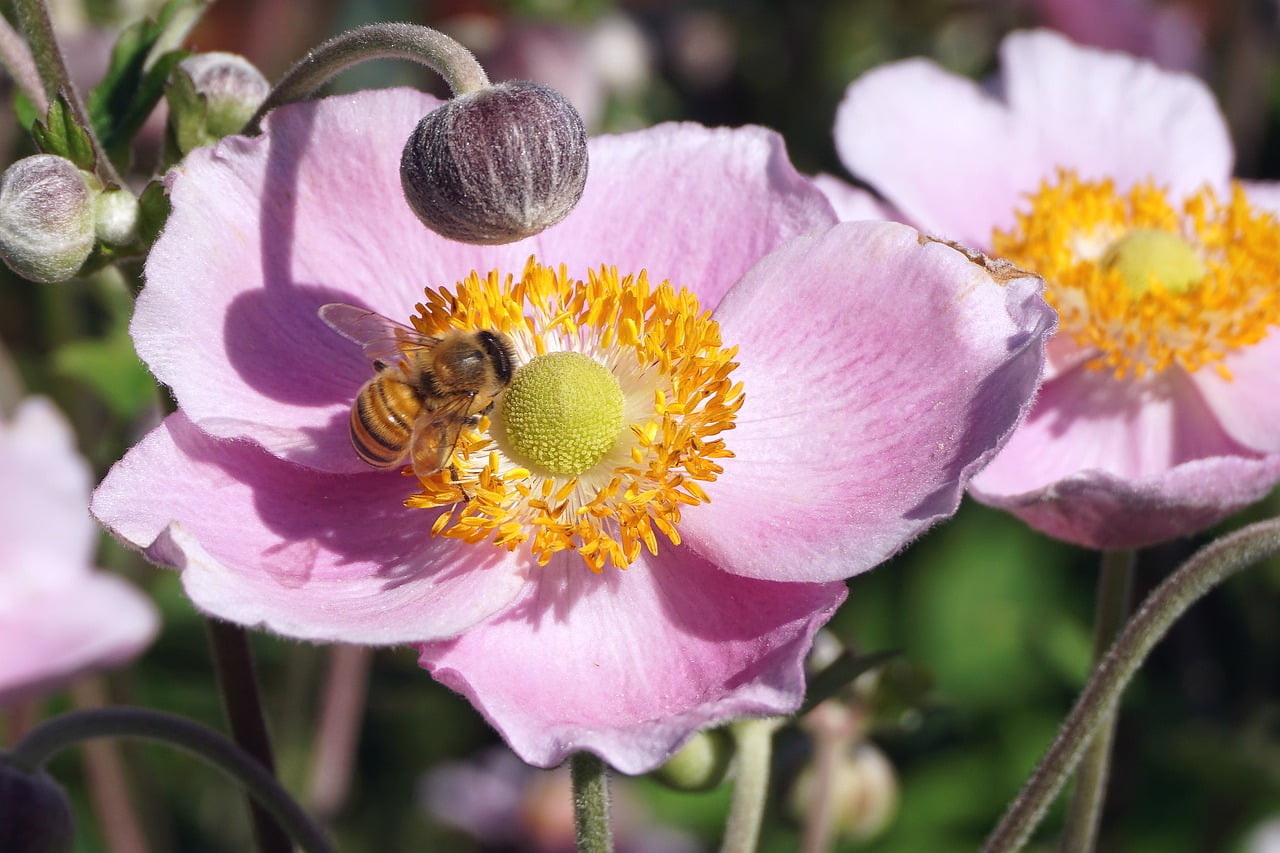
Anemone and Planting: A Comprehensive Guide to Growing Beautiful Anemone Flowers
Introduction
If you’re looking to add vibrant and charming blooms to your garden, anemones are an excellent choice. With their delicate petals and a wide range of colors, anemone flowers bring beauty and elegance to any landscape. Whether you’re an experienced gardener or a beginner, this article will provide you with a comprehensive guide on anemone planting and care. From selecting the right varieties to nurturing your flowers, we’ll cover all the essential steps to ensure a flourishing display of stunning anemones.
Table of Contents
- Choosing the Perfect Anemone Varieties
- Selecting the Right Location
- Preparing the Soil for Planting
- Planting Anemone Bulbs or Rhizomes
- Watering and Fertilizing
- Providing Proper Support
- Protecting from Pests and Diseases
- Extending the Blooming Season
- Harvesting and Enjoying Cut Anemone Flowers
- Frequently Asked Questions
1. Choosing the Perfect Anemone Varieties
Anemones come in various types, including spring-flowering varieties and fall-flowering varieties. Consider your climate and the desired blooming season to choose the right type for your garden. Some popular varieties include Anemone blanda, Anemone coronaria, and Anemone hupehensis.
2. Selecting the Right Location
Anemones thrive in well-drained soil and prefer full to partial sun exposure. Choose a location in your garden that receives adequate sunlight and has good soil drainage. Avoid areas prone to waterlogging or excessive shade, as these conditions can hinder the growth and blooming of anemone flowers.
3. Preparing the Soil for Planting
Before planting anemone bulbs or rhizomes, prepare the soil by removing any weeds, rocks, or debris. Anemones prefer fertile soil with good organic matter content. Incorporate compost or well-rotted manure into the soil to improve its texture and nutrient content.
4. Planting Anemone Bulbs or Rhizomes
Plant anemone bulbs or rhizomes in the desired location according to the recommended planting depth and spacing for the specific variety. Generally, bulbs should be planted two to three times their own depth, while rhizomes should be placed just below the soil surface. Ensure the growing points face upward and cover them with soil, gently firming it around the bulbs or rhizomes.
5. Watering and Fertilizing
Anemones require consistent moisture to thrive but should not be overwatered. Water the plants regularly, keeping the soil evenly moist but not waterlogged. Apply a balanced fertilizer during the growing season to provide the necessary nutrients for healthy growth and blooming.
6. Providing Proper Support
Some taller varieties of anemones may require support to prevent them from flopping over. Install plant stakes or use a support system, such as a hoop or grid, to keep the plants upright. Gently tie the stems to the support as needed, ensuring not to constrict their growth or damage the delicate flowers.
7. Protecting from Pests and Diseases
Anemones are generally not highly susceptible to pests and diseases. However, keep an eye out for common issues such as aphids or powdery mildew. Implement preventive measures like regular inspection, proper sanitation, and maintaining good airflow around the plants. If necessary, use organic pest control methods or consult with a local gardening expert for specific guidance.
8. Extending the Blooming Season
To extend the blooming season of your anemones, consider planting different varieties with staggered bloom times. This will ensure a continuous display of flowers throughout the season. Deadhead spent blooms regularly to promote new growth and encourage prolonged flowering.
9. Harvesting and Enjoying Cut Anemone Flowers
Anemone flowers make beautiful cut flowers for floral arrangements. Harvest the flowers when they are fully open but still have tight centers. Cut the stems at a diagonal and immediately place them in a container with water. Change the water regularly and trim the stems every few days to maximize the vase life of the cut flowers.
10. Frequently Asked Questions
Q1: Can anemones grow in containers?
A: Yes, anemones can be grown in containers, provided the container has good drainage and the appropriate potting mix is used. Select compact or dwarf varieties for container gardening.
Q2: How long does it take for anemones to bloom?
A: The time from planting to blooming varies depending on the variety and growing conditions. Generally, anemones start blooming within a few months of planting.
Q3: Do anemones require winter protection?
A: Anemone hardiness varies among different species and varieties. Some may require winter protection in colder climates, while others can withstand frost and cold temperatures.
Q4: Can anemones be divided or propagated?
A: Yes, anemones can be divided or propagated by separating rhizomes or bulb offsets during their dormant season. This can help rejuvenate crowded clumps or increase your anemone collection.
Q5: Are anemones deer-resistant?
A: Anemones are considered deer-resistant due to their toxic properties, which deer typically avoid. However, deer behavior may vary, so additional protection measures may be necessary.
Conclusion
Growing anemones can bring a burst of color and elegance to your garden. By following the steps outlined in this guide, you’ll be equipped with the knowledge to successfully plant and care for these beautiful flowers. Choose the right varieties, provide optimal growing conditions, and enjoy the stunning blooms that anemones have to offer. Embrace the joy of growing anemones and create a vibrant display of floral beauty in your garden!